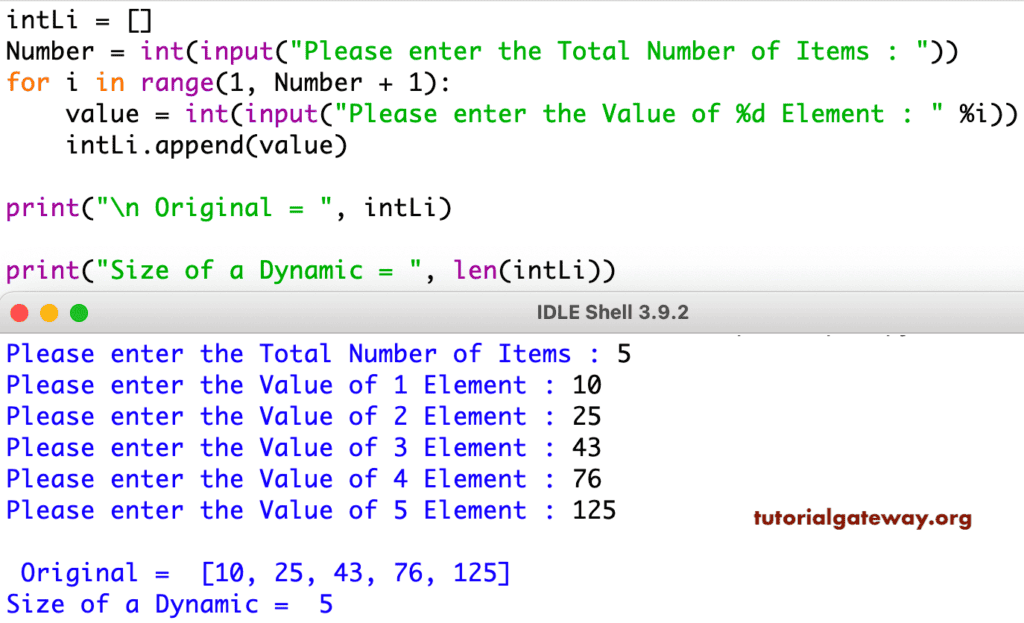
Returns the dictionary view object that provides a dynamic view of all the values in the dictionary. Updates the dictionary with the key-value pairs from another dictionary or another iterable such as tuple having key-value pairs. Dictionaries don't support the sequence operation of the sequence data types like strings, tuples and lists. Dictionaries are implemented as hash tables, and that is the reason why they are known as 'Hashes' in the programming language Perl. So, dictionaries are unordered key-value-pairs. If the defaultvalue is not specified then it set None value. The values of a dictionary can be any type of Python data. If the key not found, then it adds the key with the specified defaultvalue. Returns the value of the specified key in the dictionary. Pairs are returned in Last In First Out (LIFO) order.

Removes and return a tuple of (key, value) pair from the dictionary. If a key does not exist in the dictionary, then returns the default value if specified, else throws a KeyError. Returns a dictionary view object that contains the list of keys of the dictionary. This view object changes when the dictionary changes. Returns a dictionary view object that provides a dynamic view of dictionary elements as a list of key-value pairs. Returns a shallow copy of the dictionary.Ĭreates a new dictionary from the given iterable (string, list, set, tuple) as keys and with the specified value. Which method in a dictionary object gives you a list of the values in the dictionary?ġ0.Removes all the key-value pairs from the dictionary. , define a key method determine the key using each set of letters, such as the letters of a word in alphabetical order keyof (word) returns dorw. It loops through the integers in the range from zero through the length of the dictionaryĩ.It loops through all of the dictionaries in the program To access a given element, we must refer to it by using its key, much like you would look up a word in a school dictionary.It loops through the values in the dictionary.

It loops through the keys in the dictionary.If the dictionary already has the key, dictionary methods in python parameter won. Which of the following lines of Python is equivalent to the following sequence of statements assuming that counts is a dictionary? if key in counts:Ĩ.In the following Python, what does the for loop iterate through? x = dict() However, your use-case may require you to just remove all dictionary. Computing an average of a set of numbersħ.Building a histogram counting the occurrences of various strings in a file.Sorting a list of names into alphabetical order.Splitting a line of input into words using a space as a delimiter.Dictionaries are optimized to retrieve values when the key is known. What is a common use of Python dictionaries in a program? The dictionary is an unordered collection that contains key:value pairs separated by commas inside curly brackets.
#ALL WORDS IN DICTIONARY PYTHON PARAMETER CODE#
What would the following Python code print out? stuff = dict()ĥ.(T/F) When you add items to a dictionary they remain in the order in which you added them.Ħ.

#ALL WORDS IN DICTIONARY PYTHON PARAMETER HOW TO#


 0 kommentar(er)
0 kommentar(er)
